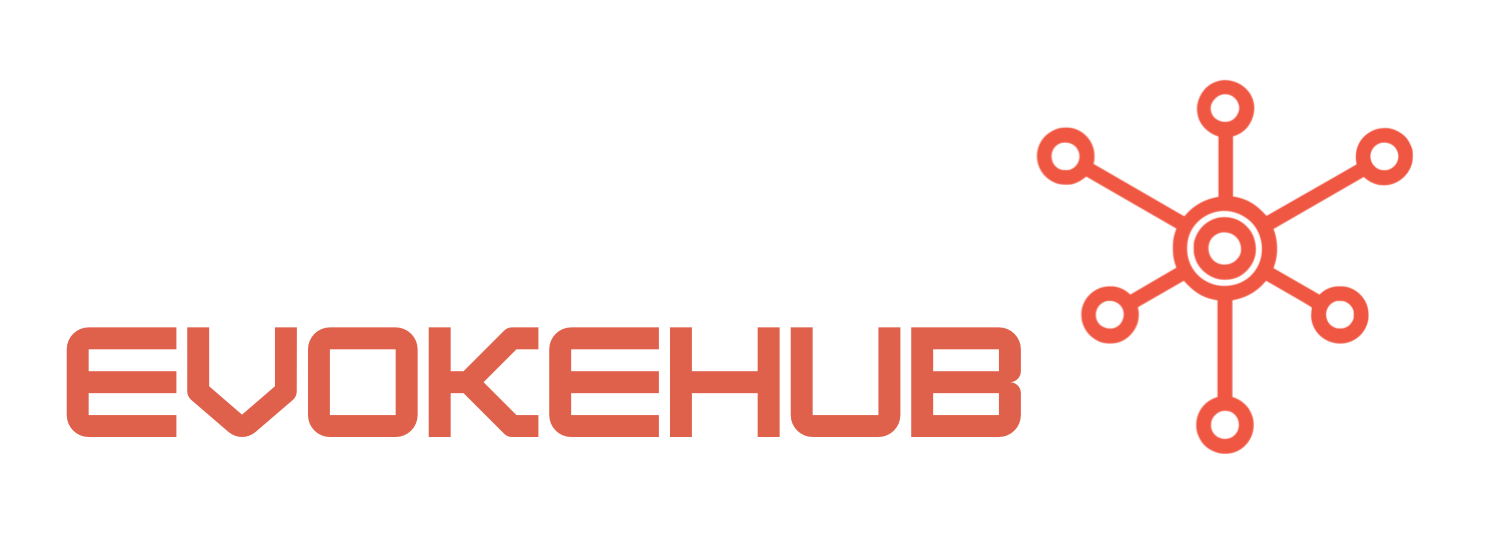Evaluating the Unique Features of Dust.tt in Automation
Dust.tt sets itself apart through its user-centric design and intuitive interface, which simplifies the automation process. Unlike traditional tools that often require extensive training, Dust.tt enables users to create workflows with minimal technical expertise. This accessibility allows teams from various departments to engage in automation efforts, fostering a culture of collaboration. Moreover, Dust.tt incorporates an AI-driven recommendation engine that suggests improvements and optimizations based on user behavior, making it a dynamic tool that evolves with its user base.
Another standout feature of Dust.tt is its real-time collaboration capabilities. Users can work together in a shared environment, allowing for immediate feedback and adjustments. This functionality is especially beneficial for remote teams or organizations with distributed workforces, as it streamlines communication and reduces the chances of errors. Additionally, Dust.tt integrates seamlessly with various third-party applications, further enhancing its utility by connecting disparate tools and data sources into a cohesive automation framework.
Finally, Dust.tt boasts powerful analytics and reporting features that provide users with actionable insights into their workflows. By tracking performance metrics and identifying bottlenecks, users can continually refine their processes. This data-driven approach not only helps in optimizing existing workflows but also supports strategic decision-making across the organization. In contrast to traditional workflow tools, which may lack such in-depth analytical capabilities, Dust.tt ensures that users are equipped with the information necessary for continuous improvement.
Traditional Workflow Tools vs. Dust.tt: A Detailed Comparison
Traditional workflow automation tools often require a steep learning curve, necessitating extensive training for employees to use effectively. These tools typically operate on a rigid framework that may not easily accommodate the unique requirements of different organizations. In contrast, Dust.tt’s flexible design allows users to quickly adapt and customize workflows without the need for specialized skills, making it a more agile solution for businesses seeking rapid implementation and scalability.
Another significant difference lies in the level of integration and interoperability with existing systems. Many traditional tools operate as standalone applications, which can lead to data silos and inefficiencies. Dust.tt, however, prioritizes integration, enabling users to connect a wide array of applications through APIs and pre-built connectors. This interconnectedness facilitates smoother workflows and enhances overall productivity, as users can leverage their existing technological investments without having to migrate to a new platform.
Finally, the cost implications of adopting a traditional workflow tool versus Dust.tt can be substantial. Traditional tools often come with high licensing fees and additional costs related to training and support. Dust.tt, on the other hand, offers a more transparent pricing structure, allowing organizations to understand their financial commitment upfront. This affordability, combined with its user-friendly features and robust capabilities, positions Dust.tt as a compelling alternative for businesses looking to optimize their workflow automation without incurring excessive expenses.
In summary, while traditional workflow automation tools have long been staples in business operations, the emergence of innovative solutions like Dust.tt presents a transformative opportunity for organizations. With its user-friendly design, real-time collaboration, and powerful analytical capabilities, Dust.tt offers distinct advantages that can help businesses streamline their workflows more effectively. By understanding the differences between Dust.tt and traditional tools, organizations can make informed decisions that align with their operational needs and strategic goals. For more information on workflow automation tools, you can explore resources such as G2 or Capterra.




